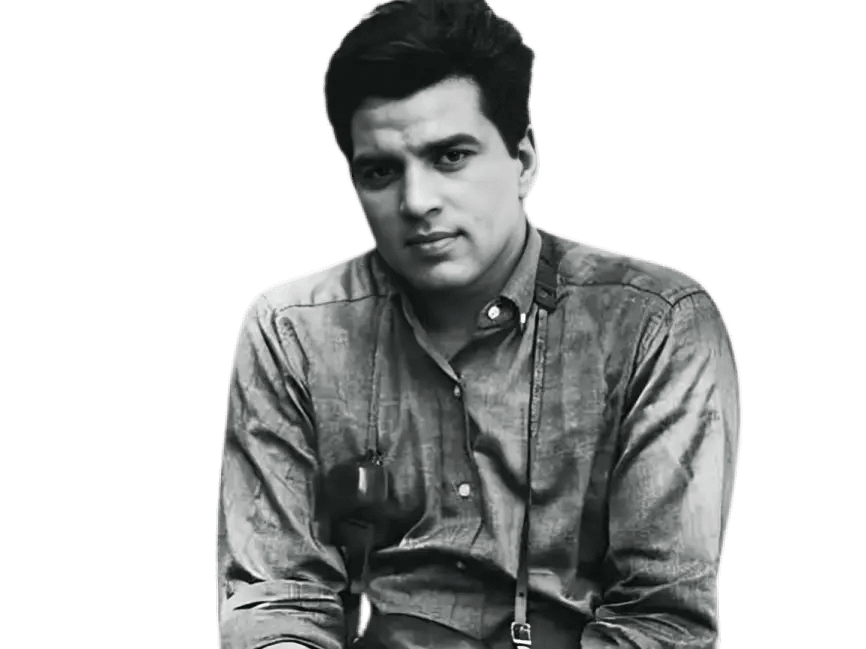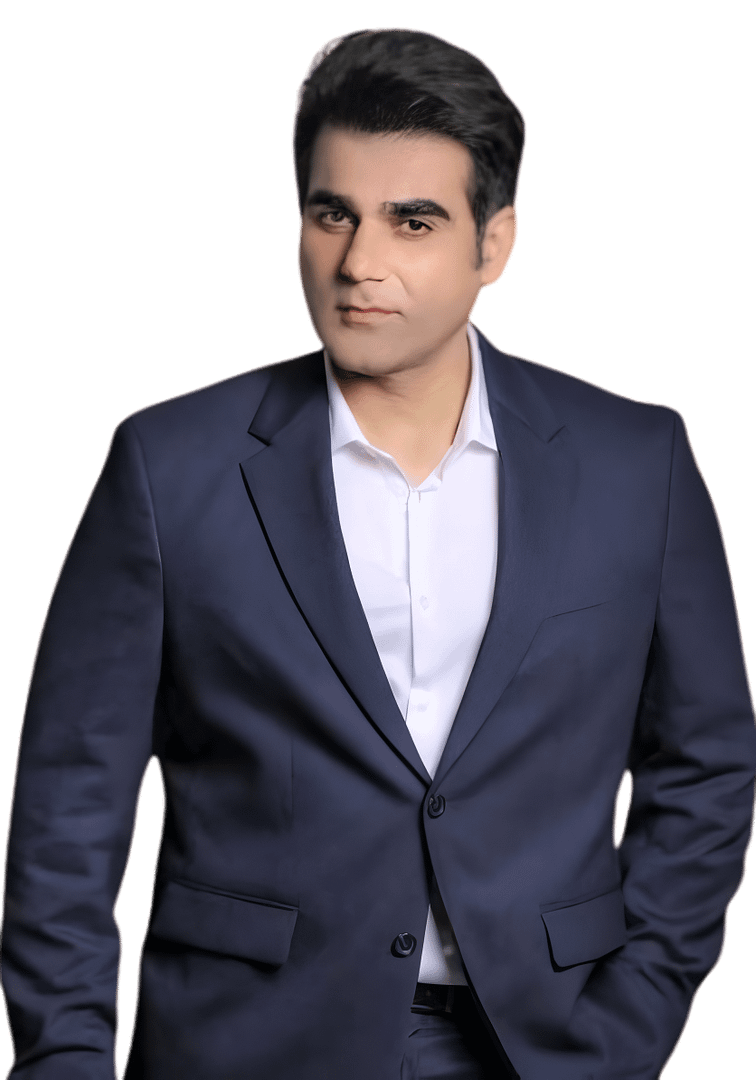Dilwale Dulhania Le Jayenge Film Introduction

Dilwale Dulhania Le Jayenge (1995), widely known as DDLJ, is not just a film but a cultural phenomenon that redefined Indian cinema. Directed by Aditya Chopra in his directorial debut and produced by Yash Chopra under Yash Raj Films, the movie starred Shah Rukh Khan and Kajol, becoming a landmark in Hindi cinema. Its blend of romance, tradition, and modern values struck a deep chord with Indian audiences globally. With a theatrical run that surpassed two decades at Mumbai’s Maratha Mandir, DDLJ is one of the longest-running films in the history of cinema.
This write-up explores the complete casting journey, the making, and untold behind-the-scenes moments that shaped this Bollywood classic.
Part I: The Casting Journey
Aditya Chopra’s Vision
Aditya Chopra, son of the legendary filmmaker Yash Chopra, was just 24 when he conceptualized DDLJ. Inspired by Western cinema and his desire to depict a new-age Indian love story that retained cultural roots, Aditya envisioned a film that would speak to Non-Resident Indians (NRIs) and Indian youth simultaneously.
Initially, Aditya wanted to cast a fresh pairing to bring authenticity and charm to the screen. He wanted a European sensibility in the storytelling with an Indian heart.
(Dilwale Dulhania Le Jayenge) Casting Raj Malhotra (Shah Rukh Khan)
Surprisingly, Shah Rukh Khan wasn’t the first choice for Raj Malhotra. Aditya Chopra initially considered actors like:
- Saif Ali Khan: He was offered the lead role and even expressed interest, but scheduling issues and his relatively weaker box office appeal led the team to reconsider.
- Aamir Khan and Salman Khan were also in the early pool, but none matched the charisma and mischief Aditya envisioned.
Eventually, Shah Rukh Khan was approached. At the time, SRK was reluctant to do romantic roles and preferred action films like Baazigar and Darr. It took a great deal of persuasion by Aditya and Yash Chopra to convince SRK that this role would change his career. SRK finally agreed, and the rest is history. His portrayal of Raj, a charming, playful yet respectful NRI, became iconic.
(Dilwale Dulhania Le Jayenge) Casting Simran Singh (Kajol)
Kajol was the top pick for Simran right from the start. Aditya Chopra saw in her the ideal blend of vulnerability, beauty, and strength. However, Kajol was initially skeptical of the role’s depth. It was only after reading the script and understanding the character’s emotional journey that she agreed.
Interestingly, Aditya had considered Juhi Chawla and Raveena Tandon briefly but never formally approached them. Kajol’s natural chemistry with Shah Rukh Khan, first seen in Baazigar, was a key reason for her selection.
Supporting Cast
- Amrish Puri as Chaudhary Baldev Singh: A veteran of villainous roles, Amrish Puri was a bold casting choice for Simran’s strict father. He gave the role dignity, depth, and complexity. His performance—particularly the “Ja Simran ja, jee le apni zindagi” moment—became legendary.
- Farida Jalal as Lajjo Singh: As Simran’s mother, she brought warmth and quiet resilience. Farida’s scenes with Kajol added emotional weight to the narrative.
- Anupam Kher as Dharamvir Malhotra: Cast as Raj’s quirky and progressive father, Kher offered comic relief and fatherly affection, a contrast to the rigid patriarch played by Puri.
- Parmeet Sethi as Kuljeet: The antagonist fiancé of Simran, Sethi was a newcomer. His rough persona and commanding presence made the conflict real.
Other cast members like Satish Shah (as train ticket collector), Mandira Bedi (cameo), and Achala Sachdev (Simran’s grandmother) contributed meaningfully.
Part II: The Making of DDLJ
Pre-Production and Planning
The screenplay was carefully developed over a year. Aditya Chopra collaborated with Javed Siddiqui (dialogues) and his brother Uday Chopra (assistant director). The initial title was The Brave Heart Will Take the Bride, later translated to Dilwale Dulhania Le Jayenge.
Yash Chopra, known for poetic storytelling, supervised the project but gave Aditya full creative control. This was rare, as Yash was extremely protective of the YRF brand.
Shooting Locations
DDLJ became one of the first major Bollywood films to be extensively shot in Europe, especially for romantic sequences.
- London: The opening sequences and the UK setting of Raj’s character were shot in London, emphasizing the NRI experience.
- Switzerland: The song “Zara Sa Jhoom Loon Main” and parts of “Tujhe Dekha Toh” were filmed in lush Swiss landscapes. Switzerland, thanks to Yash Chopra, became a default romantic haven in Bollywood post-DDLJ.
- India (Punjab): The climax and family scenes were shot in rural Punjab. The mustard fields in the “Tujhe Dekha” sequence became iconic and have since been immortalized in Bollywood visuals.
Filming Style
Aditya Chopra adopted a modern, Western style of narration, using music, humor, and emotion seamlessly. Cinematographer Manmohan Singh (a regular with Yash Raj Films) delivered picturesque visuals, especially in foreign sequences.
Chopra encouraged improvisation. Many moments between SRK and Kajol, such as the beer-drinking scene in Zurich or their comic exchanges in the train, were spontaneous.
Music and Choreography
Composed by Jatin-Lalit, the soundtrack became one of the best-selling albums of all time. Songs like:
- Tujhe Dekha Toh Ye Jaana Sanam
- Mere Khwabon Mein
- Mehndi Laga Ke Rakhna
- Ruk Ja O Dil Deewane
…have become evergreen.
Anand Bakshi wrote the lyrics, while Saroj Khan, Farah Khan, and Chinni Prakash handled the choreography. The wedding song “Mehndi Laga Ke Rakhna” became a staple in Indian weddings.
Part III: Behind-the-Scenes Stories
- Shah Rukh’s Reluctance
Initially, Shah Rukh didn’t want to do a “soft romantic” film. It was only after Aditya and Yash Chopra convinced him by emphasizing the depth and non-cliché nature of the romance that he came on board. He even improvised many comedic and romantic portions, adding to Raj’s charm.
- Kajol’s Real Tears
In the climax, when Simran runs toward the train, Kajol’s tears were genuine. She later admitted she was overwhelmed by the emotion of the moment and the energy on set.
- Train Scene Logistics
The climax scene where Simran runs toward the moving train was shot at Apta railway station near Pune. It took several takes to perfect, especially with SRK pulling Kajol onto the train. The sequence was inspired by classic romantic fare and has become one of the most iconic Bollywood moments.
- Amrish Puri’s Transformation
Known for villainous roles, Puri was skeptical about the role’s redemption arc. Aditya convinced him to humanize the character. His final line—“Ja Simran ja”—was shot in one take and gave the movie its most defining moment.
- Kajol’s Eye Injury
During the shoot of “Ruk Ja O Dil Deewane,” Kajol suffered a minor eye injury. The crew wanted to postpone, but she insisted on continuing. That song later became a chartbuster and demonstrated Kajol’s professionalism.
- Unexpected Chemistry
Though SRK and Kajol had worked together in Baazigar, the magical chemistry in DDLJ surprised even the crew. Aditya would often let scenes run longer to capture their unspoken connection.
Part IV: Release and Legacy
Initial Response
Released on October 20, 1995, DDLJ received critical acclaim and commercial success. The film struck a chord with all generations due to its universal themes of love, respect for parents, and self-discovery.
Box Office
- Budget: Approx ₹4 crore
- Collection: Over ₹100 crore (in the 1990s—a record at the time)
- Overseas: Massive success among NRIs in UK, USA, and Canada.
Awards
DDLJ won 10 Filmfare Awards, including:
- Best Film
- Best Director (Aditya Chopra)
- Best Actor (Shah Rukh Khan)
- Best Actress (Kajol)
- Best Supporting Actor (Anupam Kher)
- Best Supporting Actress (Farida Jalal)
Cultural Impact
- Set a benchmark for Bollywood romances.
- Inspired countless romantic dramas over decades.
- Became a symbol of Indian diaspora emotions.
- Featured in Maratha Mandir (Mumbai) for 1009 weeks (over 20 years).
Conclusion
Dilwale Dulhania Le Jayenge is more than a film—it is a legend. From the strategic casting of Shah Rukh Khan and Kajol to its soulful music and meticulous direction by Aditya Chopra, DDLJ rewrote the rules of Hindi romance. Its behind-the-scenes tales are as dramatic and heartwarming as the film itself.
The story of Raj and Simran is timeless, but equally timeless is the story of how this film was made—with passion, conviction, and a belief in love that transcends cultures and generations.




2 thoughts on “Dilwale Dulhania Le Jayenge: Shah Rukh Khan & Kajol”